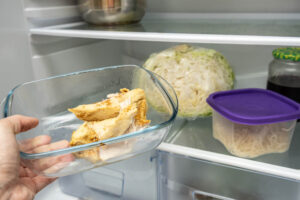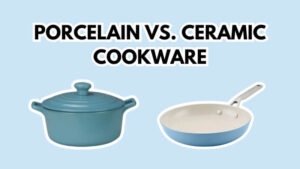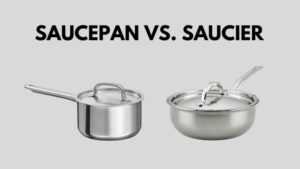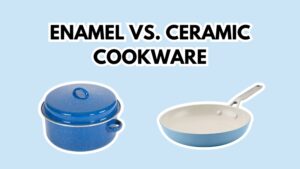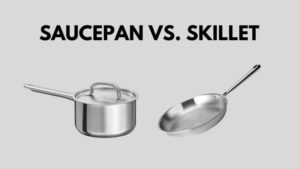When it comes to cookware essentials, two tools I always find myself reaching for are saucepans and frying pans. Both are incredibly versatile, but each serves a different purpose depending on what I’m cooking. Understanding the key differences between a saucepan vs frying pan has helped you choose the right one for every recipe. Let’s dive into their unique features, uses, and benefits so you can make the most of your time in the kitchen.
What are The Differences in Shape and Materials?
A saucepan is a versatile piece of cookware designed for tasks that involve liquids. It is often made from materials like stainless steel, aluminum, or copper, and some may have non-stick coatings to make clean-up easier.
If you search about saucepans online, you will likely come across the term “non-reactive saucepan”, “What is a non-reactive saucepan?” It is a saucepan made from materials that do not chemically interact with acidic or alkaline ingredients such as tomatoes. It ensures the flavors of your food remain unaffected by any chemical reactions with the cookware.
Can you distinguish between saucepan vs stock pot? Saucepans are sometimes confused with stock pots. While the terms are often used interchangeably, a stock pot generally has a larger base and taller sides compared to a saucepan.
A frying pan is a flat-bottomed cookware that is ideal for cooking with or without oil over high heat. Frying pans can be made from different materials, including cast iron, stainless steel, aluminum, or non-stick-coated surfaces. A small or large non-stick frying pan is especially popular for cooking delicate foods.
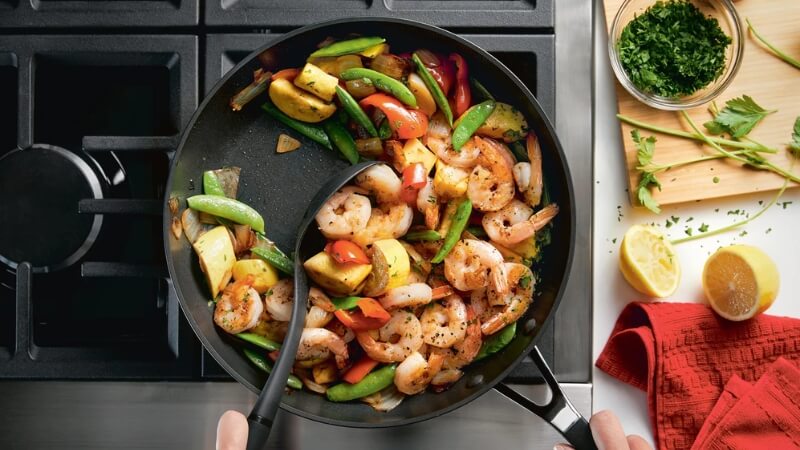
Key Differences
A saucepan typically has straight sides and a round bottom. Most saucepans have a long handle and sometimes a lid.
On the other hand, a frying pan has a flat cooking surface with sloped sides, allowing easy flipping and stirring, which provides more freedom of movement than a saucepan. A frying pan does not come with a lid, but it features a handle attached to one side and some have a short helper handle attached on the other side, just like a saucepan.
Sizes
Saucepans and frying pans are available in various sizes to suit different cooking needs. Saucepan sizes usually range from 1 quart to 4 quarts or more, with smaller options ideal for sauces and larger ones perfect for soups.
Frying pans can be a few inches to over a foot wide. Smaller frying pans are great for single servings, while larger ones are better for family meals or dishes requiring a wide surface area, like pancakes or stir-fries.
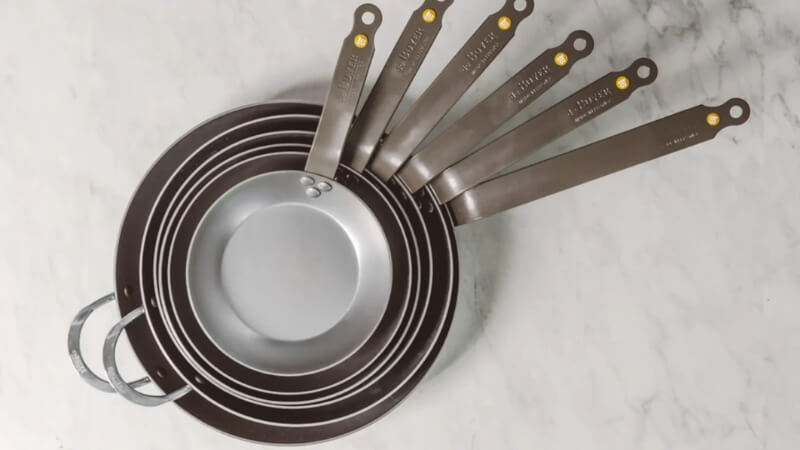
Heat distribution
Heat distribution is another critical factor when comparing a saucepan vs frying pan. Saucepans, thanks to their deep design, tend to retain and distribute heat evenly, especially when made from materials like stainless steel or aluminum. This makes them excellent for slow cooking where maintaining consistent heat is essential.
Frying pans, with their shallow surface, are designed to heat up quickly and evenly. This allows for faster cooking and even browning, particularly with materials like cast iron. However, some large and small frying pans may have hot spots if they are not made from high-quality materials.
Applications
When I cook, I often turn to my saucepan for tasks that involve liquids or require slow, steady heat. For example, when I’m making classic mac and cheese, I rely on my saucepan to boil pasta and simmer the creamy cheese sauce. The tall sides help reduce splatters while I whisk the sauce to a smooth consistency. The lid is great for trapping steam and maintaining a consistent heat, especially when making dishes like chili or soup. I can easily adjust the lid to control evaporation when I want to thicken the sauce or stew.
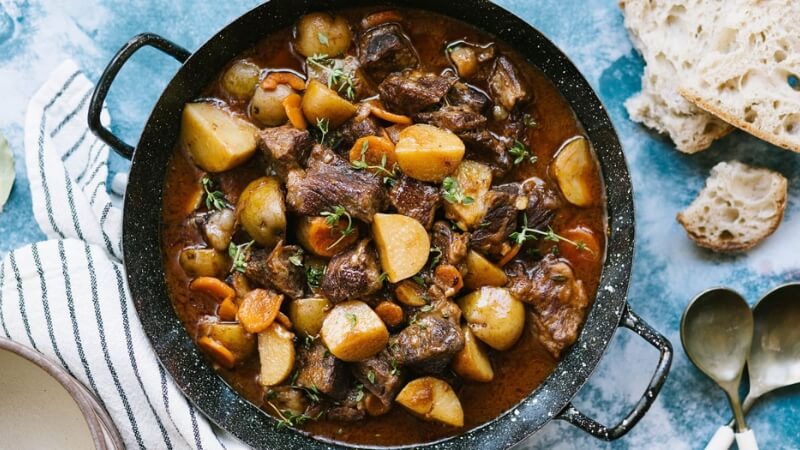
For custards or creamy sauces, I prefer a non-stick saucepan, as it ensures nothing sticks to the bottom, making cleanup much easier. Whenever I reheat leftover soup or steam vegetables, my saucepan is always my go-to tool.
On the other hand, I use my frying pan for high-heat cooking like searing chicken breasts or stir-frying vegetables. The flat surface allows for quick, even browning, and the sloped sides make it easy to toss the ingredients around when I’m sautéing or stir-frying, just like when I make a quick stir-fry with beef and broccoli. Unlike the saucepan, the shallow design of the frying pan allows excess moisture to evaporate quickly, which is essential for achieving a golden, crispy texture when searing or browning.
A deep frying pan for shallow frying chicken tenders or cooking pancakes. Its depth is perfect for cooking with a bit more oil, and the non-stick coating ensures that everything stays in place without sticking. Whether I’m making a quick omelet or preparing a grilled cheese sandwich, this frying pan has become one of my favorites in the kitchen.
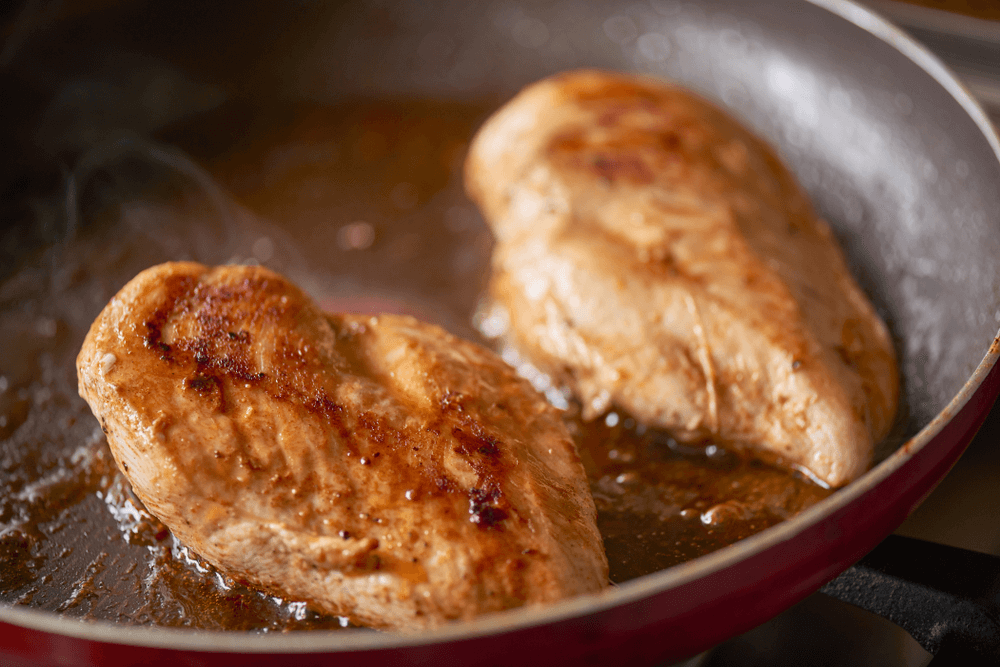
Closing Thoughts
The saucepan and frying pan are designed to excel in different cooking tasks. Understanding the saucepan vs frying pan differences helps you make the right call and ensures your cooking process is efficient and enjoyable.



